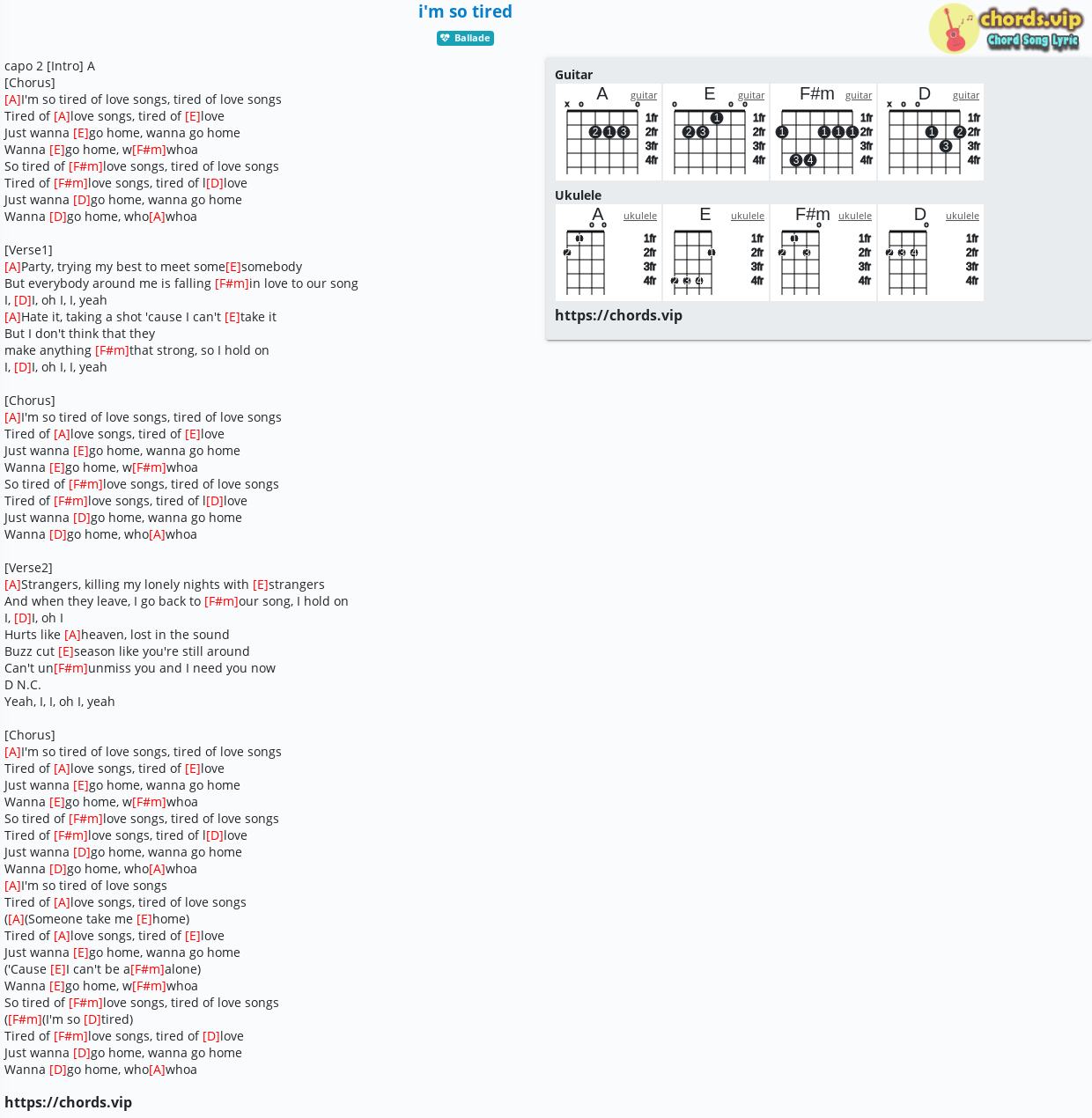


“Headphones have been creeping into musical activities that once were social,” the writer and jazz musician Eric Felten lamented in the Wall Street Journal. To some observers, the silent disco represents a peculiar form of shared isolation-a way to turn up the volume of modern alienation, to look social but remain solitary. “This is what we’ve been reduced to: dancing with ourselves,” one dancer told a reporter from The New York Times.

Each pair of headphones covered the ears and gave off a robotic glow. At this event, a wireless signal allowed dancers to choose their favorite of three playlists. The silent disco is a concert that passersby can barely hear, and that attendees can customize with a flip of the switch. They were too busy dancing silently to the music, tuning in-or tuning out-to a “silent disco.” It was a clear night, perfect for a stroll, but attendees weren’t interested in local shops and restaurants. On a late spring evening in 2015, at South Street Seaport, a square on the southern tip of Manhattan, hundreds of people slipped on headphones and slipped into their own worlds.


 0 kommentar(er)
0 kommentar(er)
